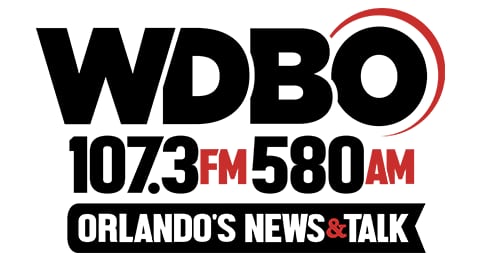NEW YORK — The Federal Reserve cut its benchmark interest rate a half of a percentage point on Wednesday in a landmark decision that dials back its years-long fight against inflation and could deliver relief for borrowers saddled with high costs.
The central bank’s first rate cut since 2020 came after a recent stretch of data had established the key conditions for a rate cut: falling inflation and slowing job gains.
In theory, lower interest rates help stimulate economic activity and boost employment. The Dow Jones Industrial Average surged 200 points in the immediate aftermath of the announcement on Wednesday afternoon.
The S&P 500 and the Nasdaq also climbed following the news.
Speaking at a press conference in Washington D.C. on Wednesday, Fed Chair Jerome Powell described the rate decision as a shift in policy at the central bank.
"This recalibration of our policy stance will help maintain the strength of the economy and the labor market, and enable further progress on inflation," Powell said.
"The U.S. economy is in good shape," Powell added. "We want to keep it there."
The Federal Open Market Committee, a policymaking body at the Fed, on Wednesday forecast further interest rate cuts.
By the end of 2024, interest rates will fall nearly another half of a percentage point from their current level of between 4.75% and 5%, according to FOMC projections. Interest rates will drop another percentage point over the course of 2025, the projections indicated.
Over time, rate cuts ease the burden on borrowers for everything from home mortgages to credit cards to cars, making it cheaper to get a loan or refinance one. The cuts also boost company valuations, potentially helping fuel returns for stockholders.
Earlier this year, mortgage rates reached their highest level in more than two decades; while the average rate for credit card holders topped anything on record at the Fed. Interest rates for car loans have soared to levels last seen at the onset of the 2008 financial crisis, Edmunds found.
Interest rate cuts will bring many of those payments down, delivering gains for borrowers.
However, borrowers should not expect immediate relief from the Fed's initial rate cut, Elizabeth Renter, senior economist at NerdWallet, told ABC News in a statement prior to the decision.
"This initial rate cut will have little immediate impact," Renter said. "I anticipate many consumers and business owners will take the beginning of this change in monetary policy as a sign of hope."
Inflation has slowed dramatically from a peak of about 9% in 2022, though it remains slightly higher than the Fed's target of 2%.
Meanwhile, the job market has cooled. A weaker-than-expected jobs report in each of the last two months has stoked concern among some economists.
"We will do everything we can to support a strong labor market as we make further progress toward price stability," Powell said last month.
Prior to the decision, the chances of a rate cut were are all but certain, according to the CME FedWatch Tool, a measure of market sentiment.
Market observers, however, had been divided over whether the Fed will impose its typical cut of a quarter of a percentage point, or opt for a larger half-point cut. The tool estimated the probability of a half-point cut at 65% and the odds of a quarter-point cut at 35%.
A half-point cut risked overstimulating the economy and rekindling elevated inflation, while a quarter-point cut threatened to delay the type of economic jumpstart that may be required to avert a recession, Seema Shah, chief global strategist at Principal Asset Management, told ABC News in a statement.
"Rarely have market expectations been so torn" on the eve of a rate decision, Shah added.
The rate cut on Wednesday went into effect less than 50 days before the November election.
The decision deviated from the policy approach taken by the Fed prior to many recent presidential elections, a Reuters analysis found. Policy rates were left unchanged for six to 12 months before the 2020, 2016, 2012 and 2000 U.S. presidential elections, according to Reuters.
To be sure, the Fed says it bases its decisions on economic conditions and operates as an independent government body.
When asked about the 2024 election at a press conference in Washington, D.C., in December, Powell said, "We don't think about politics."
Copyright © 2024, ABC Audio. All rights reserved.










